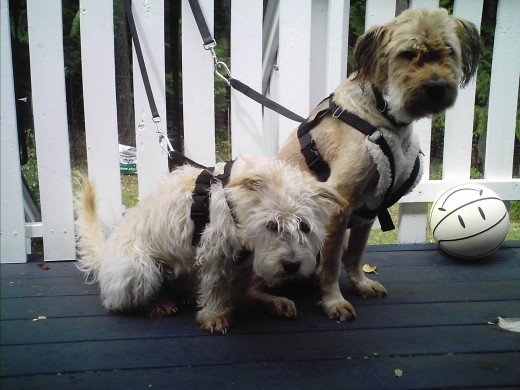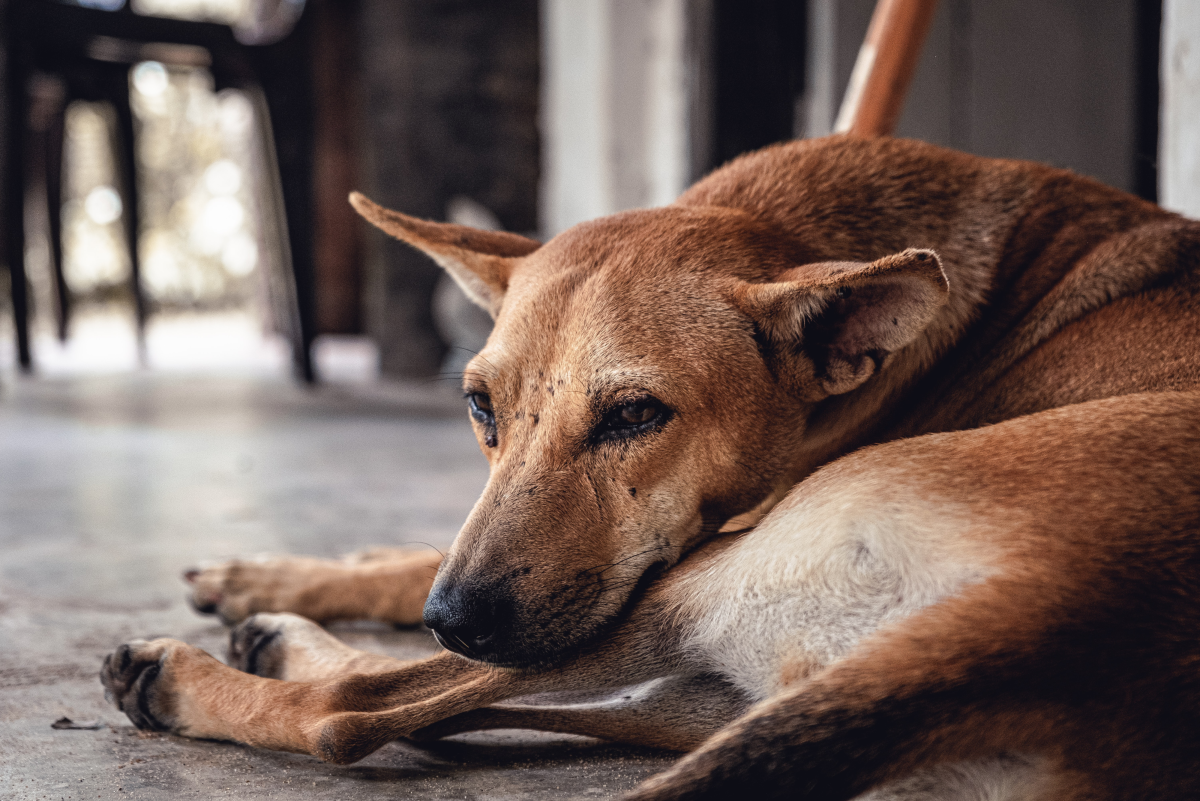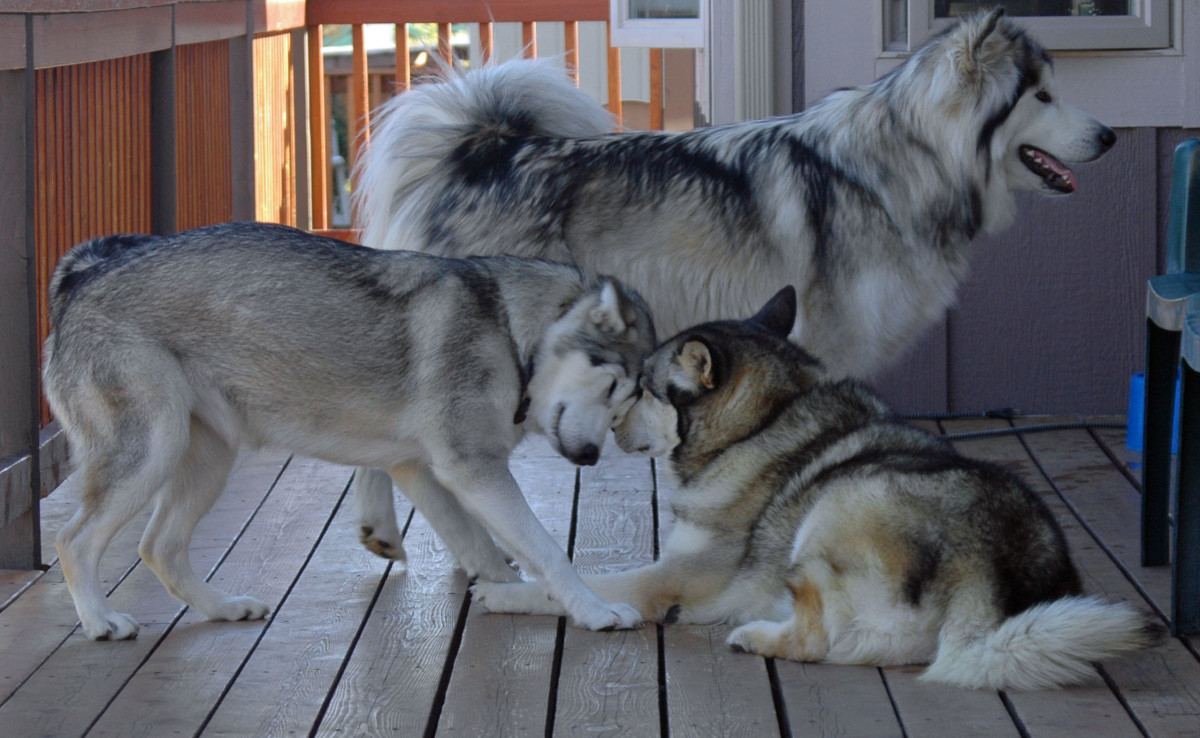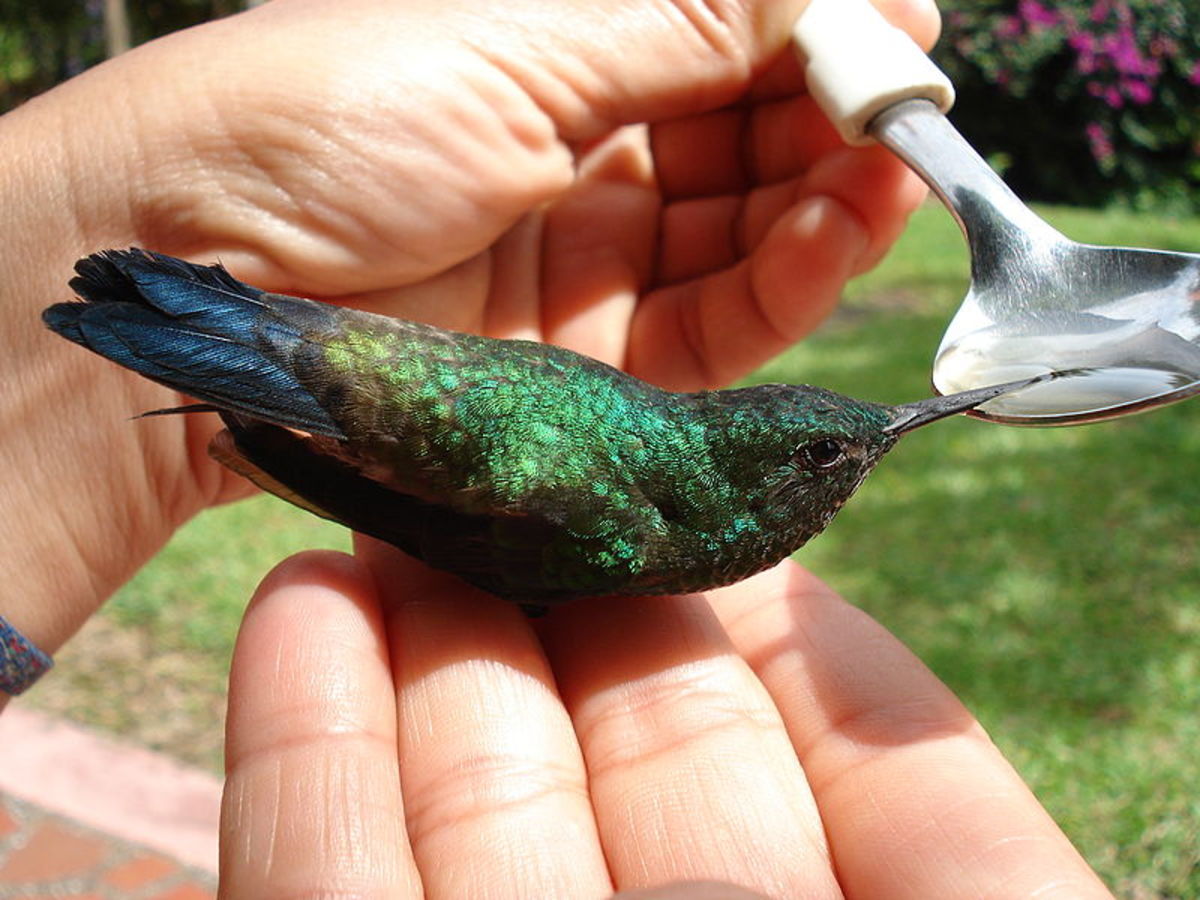How To Deal With Pet Emergencies

Emergencies happen, which can affect both humans and animals. We need to prepare ourselves, for potential emergencies, and we need to have our pets prepared as well. Preparations for both are surprisingly similar.
1. Everyone should have a summary of their pets' records, up to date, and easily accessible. These records should include vaccination records, as well as information about health problems, and medications the pet receives, the type of food he/she eats, and any major personality issues, such as extreme shyness, or fear of other animals. The record should also include the animal's veterinarian, his/her name, address, and phone number, as well as the name of an alternate caregiver for the pet in case you yourself are injured or ill. If you do not have an alternative caregiver, include the name of a suitable kennel that you know will accept your pet in an emergency.
All pets should wear a collar. A sturdy leash should always be on hand. Consider purchasing a collar and leash that has the pets name and phone number clearly embroidered on it, or at least a collar tag with that information. Every hurricane, flood, wild fire, or earthquake makes us aware of the tremendous problem of trying to reunite lost pets with owners. Should such an emergency occur in your area, your pets need to be protected. Consider having your pet tattooed, and chipped. It takes only a few seconds.
3. It is wise to have safety harnesses (as seen on the dogs in the picture) for your pets, when they travel in a car. These snap onto the seat belts, comfortably restraining your animals, and making transportation safer. Keep the harnesses in the car.
4. Make sure to train your pet to come when called. Most pets, will come for a treat, so.I keep a a few near the exit doors, on a just in case basis. In an emergency, it is vital that your pet come to you immediately, so you can all get to safety swiftly.
5. Just as adults should have emergency food and water available, so should pets. The food can be canned or dried. Dried food is lighter to transport, but make sure it is a food that your pet will eat. Bottled water is best, remembering that animals need water proportionate to their weight, about one cup per day for every 10-15 pounds of animal, and more if the weather is hot or dry. The supply should be sufficient to last at least three days, and remember to include feeding bowls. You also need clean-up supplies for dogs and litter for cats.
6. Every home that keeps a pet should have a pet emergency kit. This should be kept instantly available. There are kits you can buy, but you can just as easily, and more cheaply, make up your own. You can purchase some bandages and sterile pads, but enlist your veterinarian for the rest. He can suggest an anti-biotic ointment, pain medication etc. Be aware that medication meant for humans are not always, the best choice for pets. Some human medications may actually harm animals.
7. If your pets are small to medium size, they should have a portable kennel that fits easily into a vehicle. Keep this handy. In it you can place a soft piece of bedding, or part of an old quilt, and a chew toy or two. Make sure small or sensitive pets have a warm coat or sweater handy.
8. If your pet is seriously injured, call your vet immediately for advice, then, if necessary, get ready to transport your pet. Injured animals may bit or scratch, simply out of fear. You should have a simple muzzle in your emergency kit. Ask your veterinarian what he considers appropriate for your pet. Cloth muzzles are cheap but can restrict breathing. Some muzzles cannot be used if there is injury to the head or face. In this case, you may have to wear some heavy gloves, and keep a bulky cloth wrapping between you and the pets mouth.
Small pets can be picked up for transportation, but if you have a large pet, that cannot walk, and are some distance from your vehicle, you will need a large sheet of heavy fabric, like canvas. Either knot two ends tightly or attach a heavy strap. Slide your animal onto the canvas and then drag it slowly towards your vehicle. Wrap the fabric around your pet so it (the pet) does not slide off. You will need a helper to lift the animal aboard. If you are alone, use a long, strong, piece of plywood for a ramp and pull it (again the pet) up the ramp, and into the vehicle. Practice this to make sure it works.
9. Hopefully you will have practiced a fire drill or evacuation plan with your family. Evacuation of your pets should be included in this drill.
10. Check your supplies and update your pet medical information, periodically, and should an emergency occur, your pet will not be one of its victim.
Some areas have set up emergency shelters which are prepared to house lost or abandoned pets in the event of an emergency. These shelters are run by volunteers, some of which would man the shelter and care for the animals, while others rounded up pets in need. Supplies to have on hand are all donated. If your neighborhood does not have such a shelter, perhaps you could think of organizing one.









